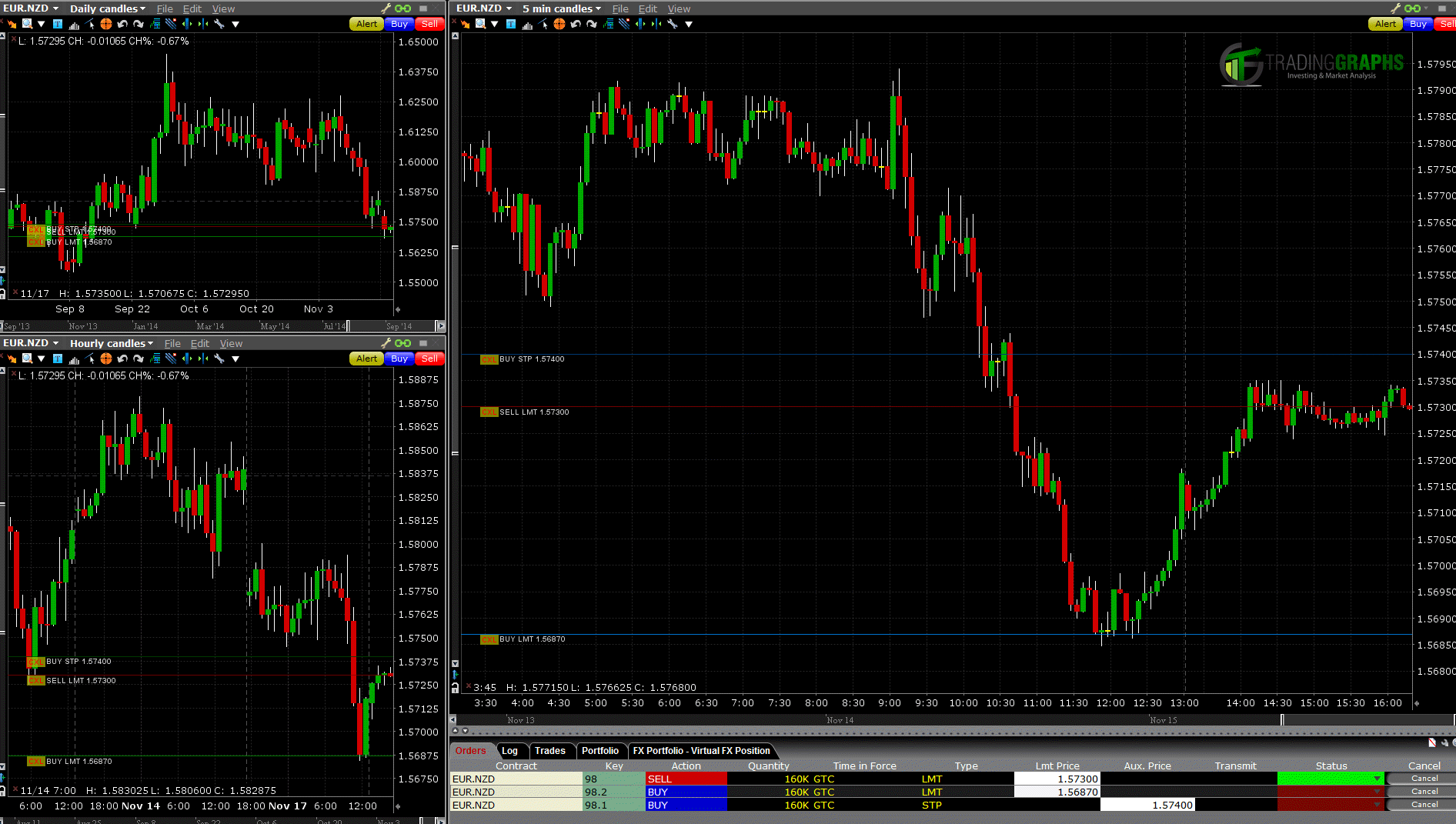In the current fast-paced financial world, grasping the Forex market is vital for people looking to invest or trade. Forex, or FX, is the largest financial market globally, where currencies are traded at all times. However, for newcomers, this market can seem overwhelming, full of jargon, complex strategies, and a wealth of misinformation. Our goal is to decode Forex trading by differentiating myths from truths and assisting you embrace the winning mindsets necessary for achievement.
During this article, we will explore key concepts that all investor should understand, from how the Forex market operates to the mindset behind profitable trading. We will discuss various strategies, such as day trading compared to swing trading, and delve into the function of leverage and risk management. As we journey through the complex world of Forex, you will learn practical tips and insights that can equip you to face trading with conviction and clarity. Whether you are a beginner just starting or someone looking to improve your skills, this guide is designed to boost your Forex knowledge and help you evolve into a more educated trader.
Grasping the Foreign Exchange Market
The foreign exchange market, or Forex market, is a global platform for the trade of national currencies versus one another. It is the largest monetary market in the world, with a daily trading volume exceeding six trillion dollars. In contrast to other monetary markets such as equities and goods, Forex functions around the clock, Monday through Friday, offering traders with the freedom to trade at any time. This continuous operation supports the swapping of monetary between countries and helps in determining currency values based on supply and demand, and various economic considerations.
In layman’s language, the Forex market enables people, businesses, and organizations to purchase and exchange currencies. Currency pairs are key to Forex trading, with each pair composed of a base currency and a quote currency. For example, in the EUR/USD pair, the euro is the primary currency, and the US dollar is the counter currency. When traders think the base currency will appreciate against the counter currency, they acquire the pair; if they believe it will weaken, they dispose of. This mechanism creates opportunities for profit based on fluctuations in exchange rates driven by economic occurrences, geopolitical developments, and market sentiment.
Understanding how the Forex market operates is necessary for both novice and experienced traders. It requires recognizing the factors that affect currency prices, including rates of interest, inflation rates, and political stability. Additionally, awareness of various trading tactics and tools is important. For instance, traders often rely on technical indicators and pattern charts to make informed decisions. As traders become more adept at interpreting market signals, they can build a trading plan that matches with their objectives and risk tolerance, thereby improving their effectiveness in traversing the ever-changing world of Forex.
Efficient Trading Tactics
Creating efficient trading strategies is crucial for achievement in the forex market. A variety of traders use chart analysis, which involves studying charts and applying indicators to identify entry and exit levels. Popular chart indicators include average prices, RSI, and bands. These tools help investors craft informed choices based on historical price trends and market behaviors.
In addition to technical analysis, comprehending the fundamental elements that impact currency prices can considerably improve a trader's strategy. Economic reports, such as interest rate adjustments and employment figures, can have rapid and strong influences on currency pairs. Proficient investors remain knowledgeable about international economic events and adjust their approaches accordingly, capitalizing on price changes caused by these news.
Risk management is a further key component of effective investment strategies. Establishing a defined return/risk ratio and applying stop-loss and take-profit orders can shield your capital while enhancing potential gains. For instance, a common principle is to risk no more than one to a couple percent of your investment resources on any individual trade. By applying robust risk management techniques, investors can withstand drawdowns while maintaining the chance for overall success.
Psychological Aspects and Managing Risks in Forex
Comprehending the psychology of trading is crucial for success in the Forex market. Many traders underestimate the impact of emotions such as anxiety and greed on their decision-making processes. Forex ea can lead to hasty choices, such as trading excessively or holding on to losing positions for too long. Cultivating emotional discipline is vital; traders often benefit from establishing a trading routine that includes defining objectives and adhering to a well-defined strategy. By acknowledging the psychological factors at play, traders can more effectively manage their responses to market volatility.

Risk management is a key element of successful Forex trading. It involves determining the level of capital to expose on each trade and using tools like stop-loss orders to cap potential losses. A standard guideline is to expose only a small percentage of one's trading account on individual trades, which aids to protect against significant drawdowns. Additionally, understanding the risk-to-reward ratio allows traders to assess whether the potential reward justifies the risks involved, thus enhancing decision-making processes in trading situations.
Merging effective risk management strategies with strong psychological practices yields a comprehensive approach to Forex trading. Maintaining a trading journal can help traders track their emotions and evaluate the effectiveness of their strategies over time. Analyzing past trades, both successful and unsuccessful, enables reflective learning and adaptation. By developing patience and a disciplined mindset, traders can not only improve their performance but also enhance their ability to cope in the intrinsically volatile Forex market.
